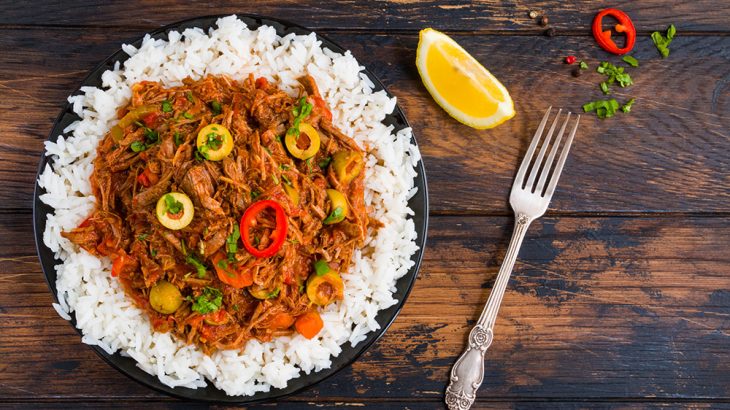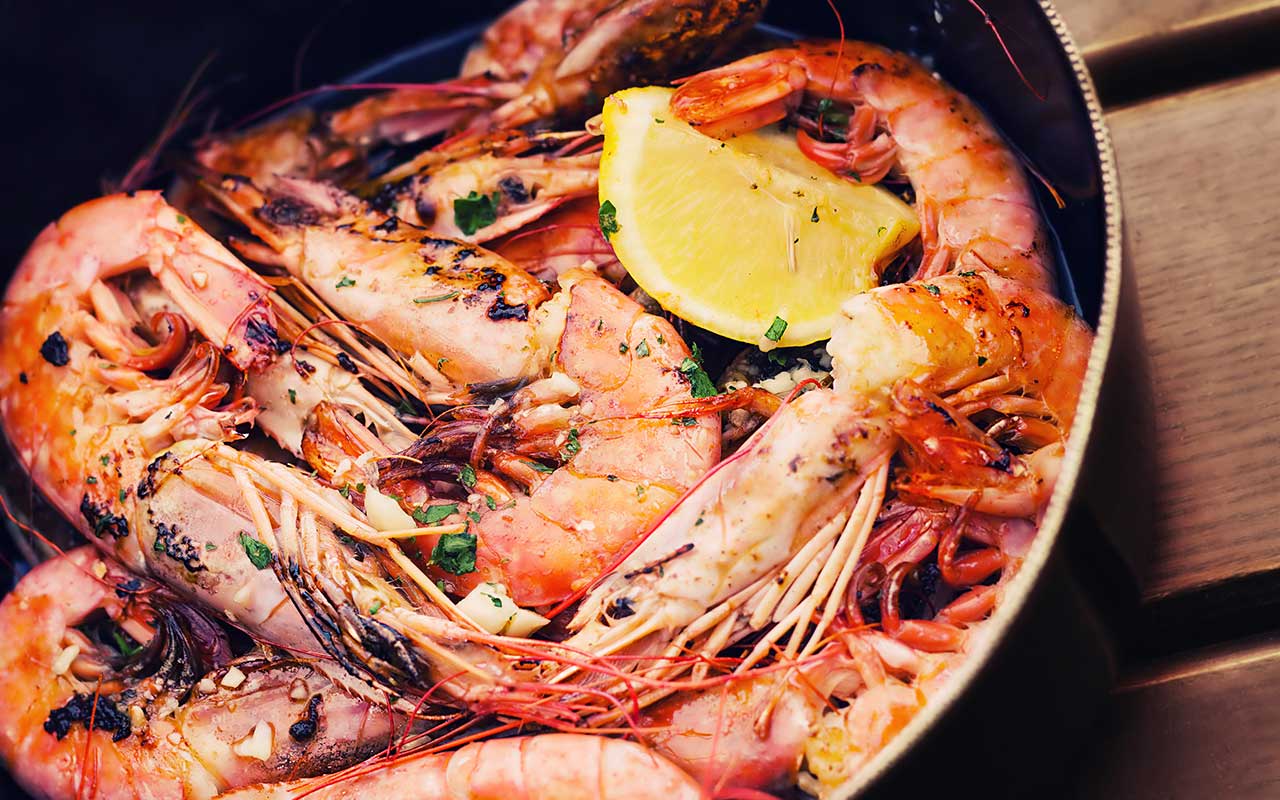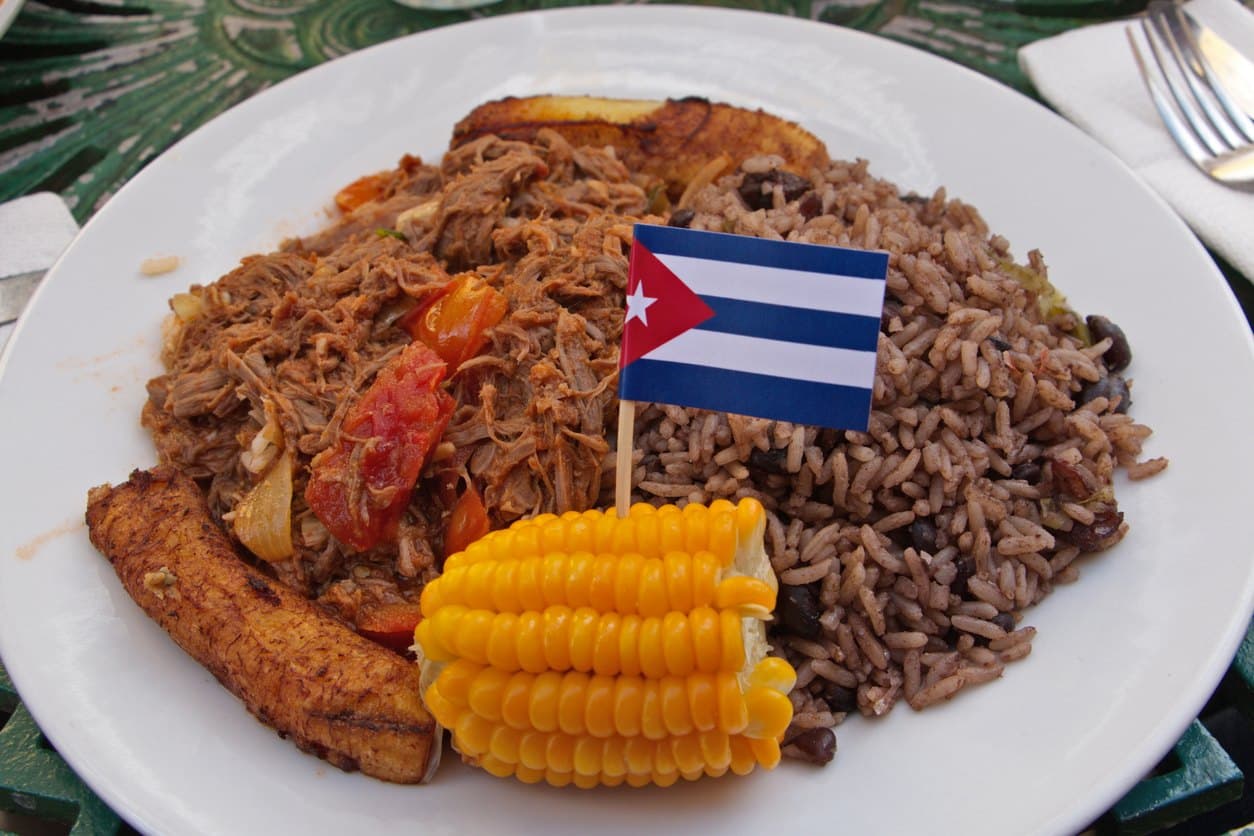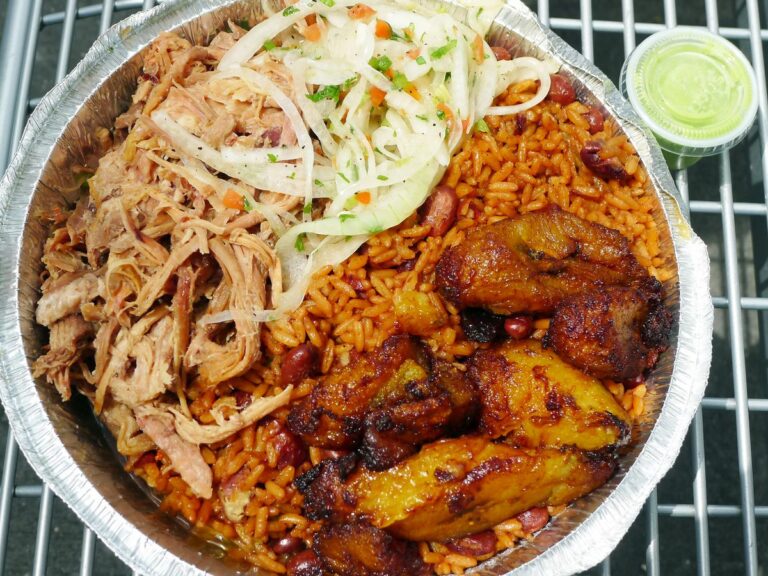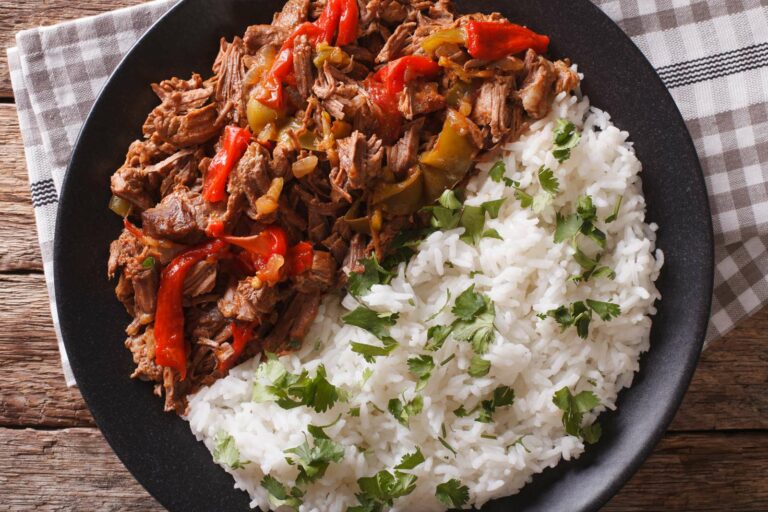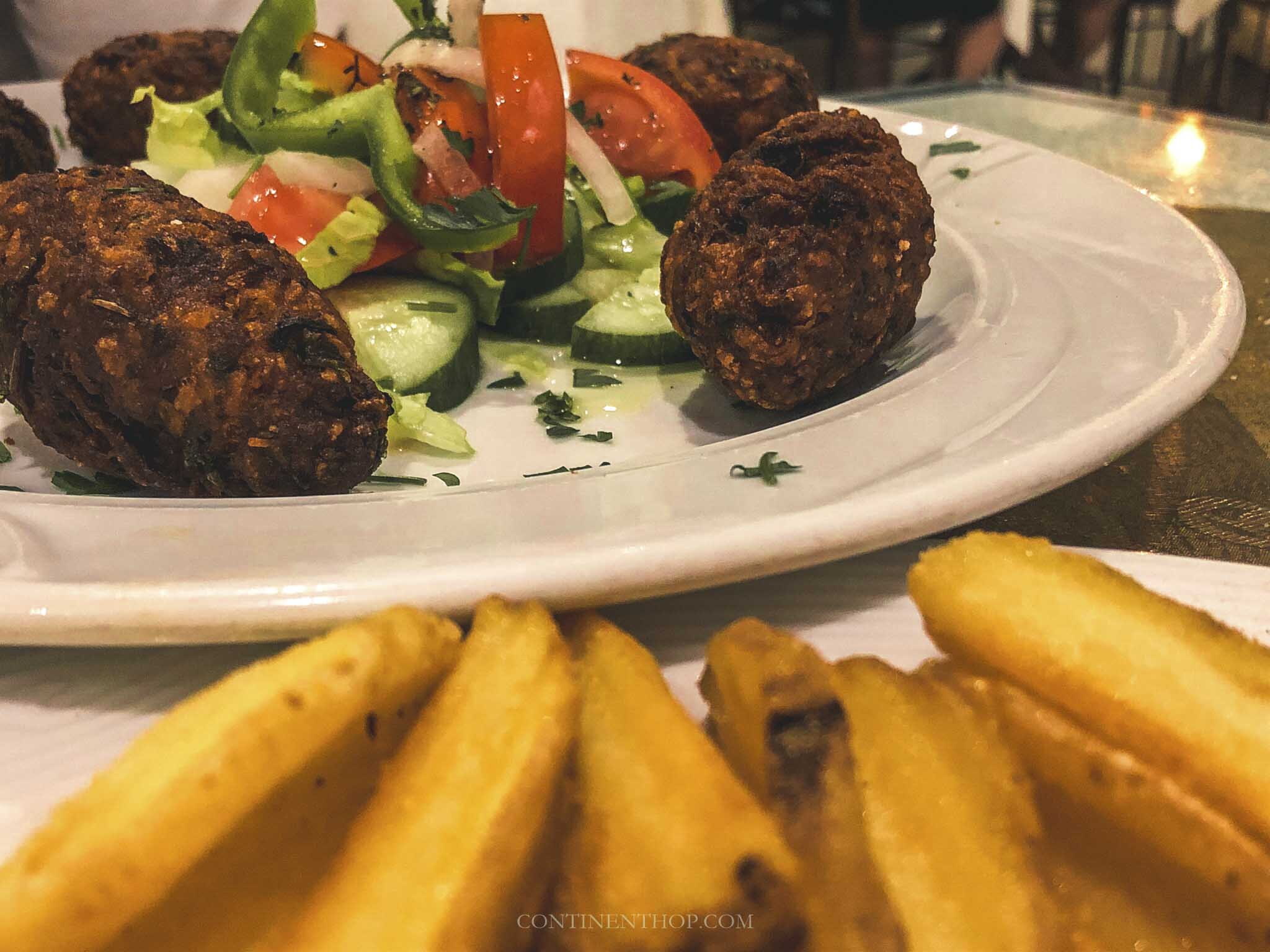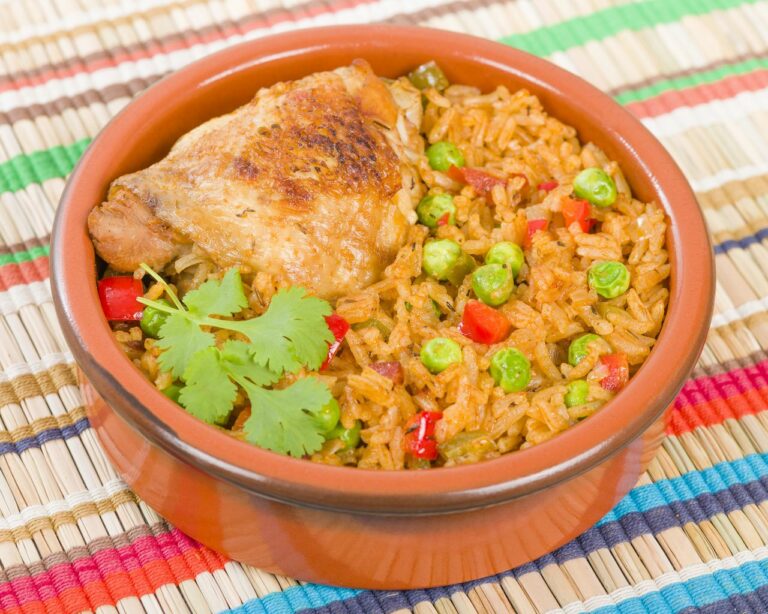Introduction: Street Food in Cuba
Street food is an integral part of the culinary culture of many countries, and Cuba is no exception. From savory sandwiches to sweet treats, street food vendors in Cuba offer a wide range of options that cater to the tastes and preferences of both locals and tourists. However, the history and current state of street food in Cuba are influenced by various factors, including the country’s political and economic situation, as well as the health and safety concerns associated with informal food vending.
The Origins of Street Food in Cuba
The origins of street food in Cuba can be traced back to the colonial era, when vendors sold food and drinks on the streets of Havana. However, street food became more prominent in Cuba during the 20th century, particularly after the revolution in 1959. As the government took control of the food industry, many people turned to informal food vending as a way to make a living. Today, street food in Cuba is often associated with the paladares, or home-based restaurants, that emerged in the 1990s as a response to the economic crisis known as the Special Period.
The Popularity of Street Food in Cuba
Street food is a popular and affordable option for many Cubans, especially those who cannot afford to dine out in restaurants. In addition, street food is often seen as a way to experience the local culture and cuisine. For tourists, street food provides a taste of authentic Cuban cuisine that is not always available in upscale restaurants. However, the popularity of street food in Cuba is also influenced by the limited options available in the state-run food market, as well as the informal economy that has emerged in response to economic hardships.
The Diversity of Street Food in Cuba
Street food in Cuba is diverse and reflects the country’s multicultural heritage. Some of the most popular street foods in Cuba include the Cuban sandwich, which typically consists of ham, pork, cheese, and pickles; fritters made of plantains or yucca; and churros, which are fried dough pastries dusted with sugar. Other popular street foods include empanadas, tamales, and ice cream made from fresh tropical fruits. In addition, street food vendors in Cuba often serve fresh juices, coffee, and rum cocktails.
Regulations Governing Street Food in Cuba
Street food vendors in Cuba operate in a legal gray area and are subject to various regulations and restrictions. While informal food vending is technically illegal, it is tolerated by local authorities as a way to support the informal economy. However, street food vendors are required to obtain a license, which can be difficult and expensive. In addition, street food vendors in Cuba are subject to health and safety inspections, although the enforcement of these regulations can be inconsistent.
Health and Safety Concerns with Street Food in Cuba
One of the main concerns with street food in Cuba is the potential for foodborne illness. Due to the lack of refrigeration and other food safety measures, street food can pose a risk to public health. In addition, many street food vendors in Cuba operate in unsanitary conditions and do not follow proper food handling practices. However, the government has recently taken steps to improve food safety in the informal economy, including providing training and resources to street food vendors.
The Future of Street Food in Cuba
The future of street food in Cuba is uncertain, as it is subject to various political and economic factors. While the government has recently taken steps to recognize and support the informal economy, including street food vending, the sector is still largely unregulated and underdeveloped. However, the popularity of street food in Cuba, both among locals and tourists, suggests that it will continue to play an important role in the country’s culinary culture.
Conclusion: The Role of Street Food in Cuban Culture
Street food is an important part of Cuban culture, reflecting the country’s history, diversity, and economic circumstances. While the informal nature of street food vending in Cuba poses health and safety concerns, it also provides opportunities for entrepreneurship and cultural exchange. As Cuba continues to navigate political and economic changes, the role of street food in the country’s culinary culture is likely to evolve, but it will undoubtedly remain a beloved and integral part of Cuban life.

